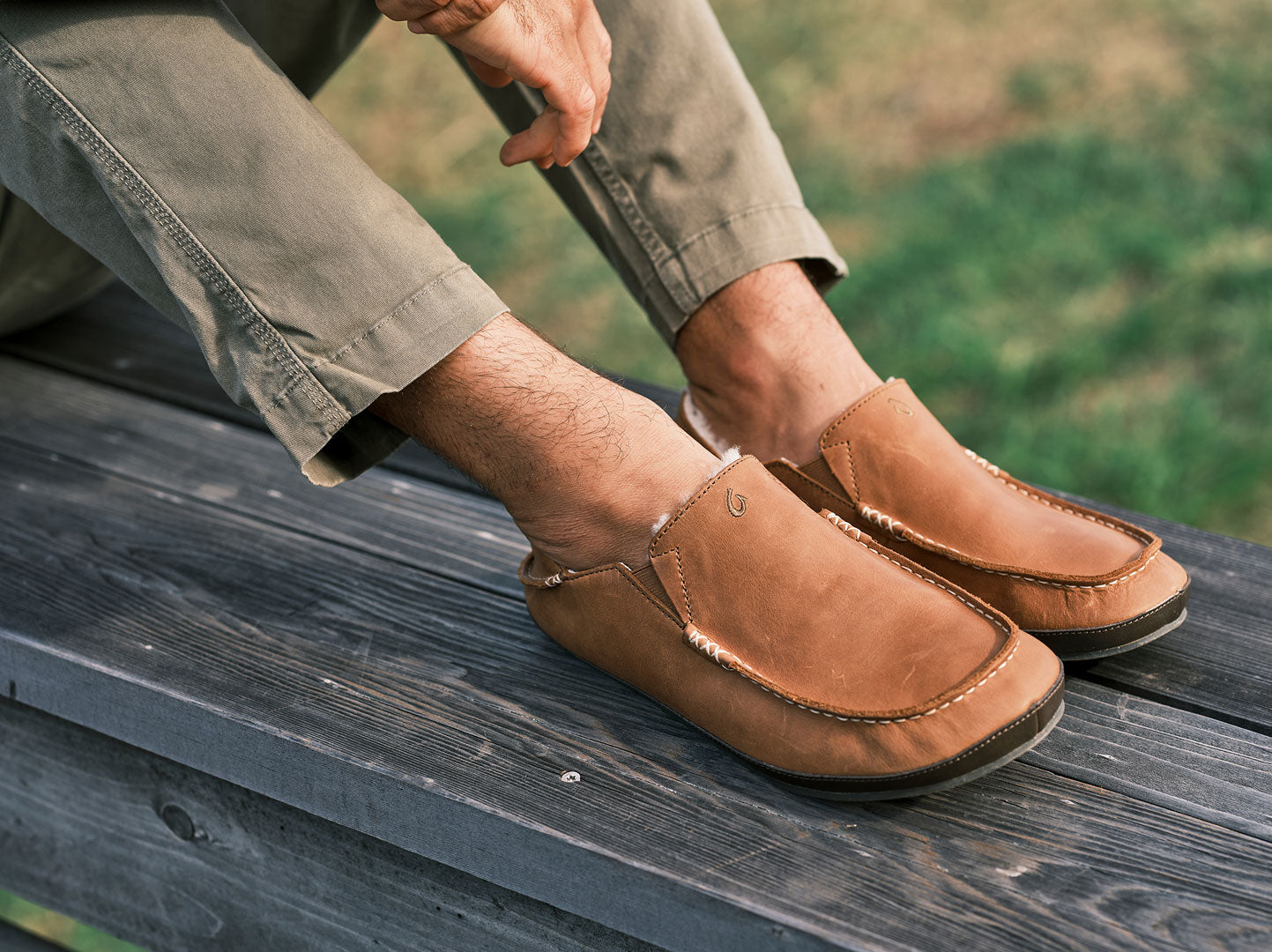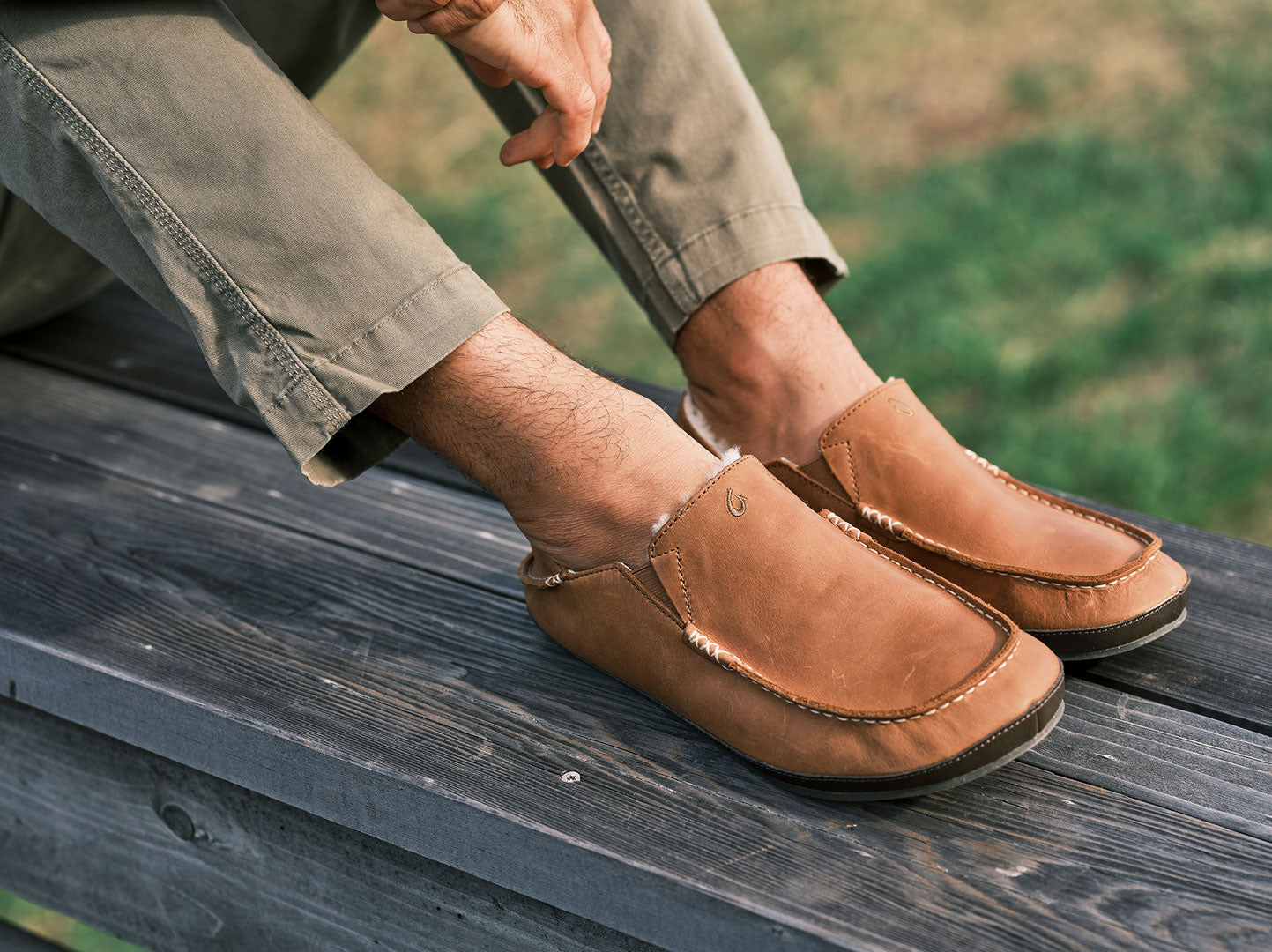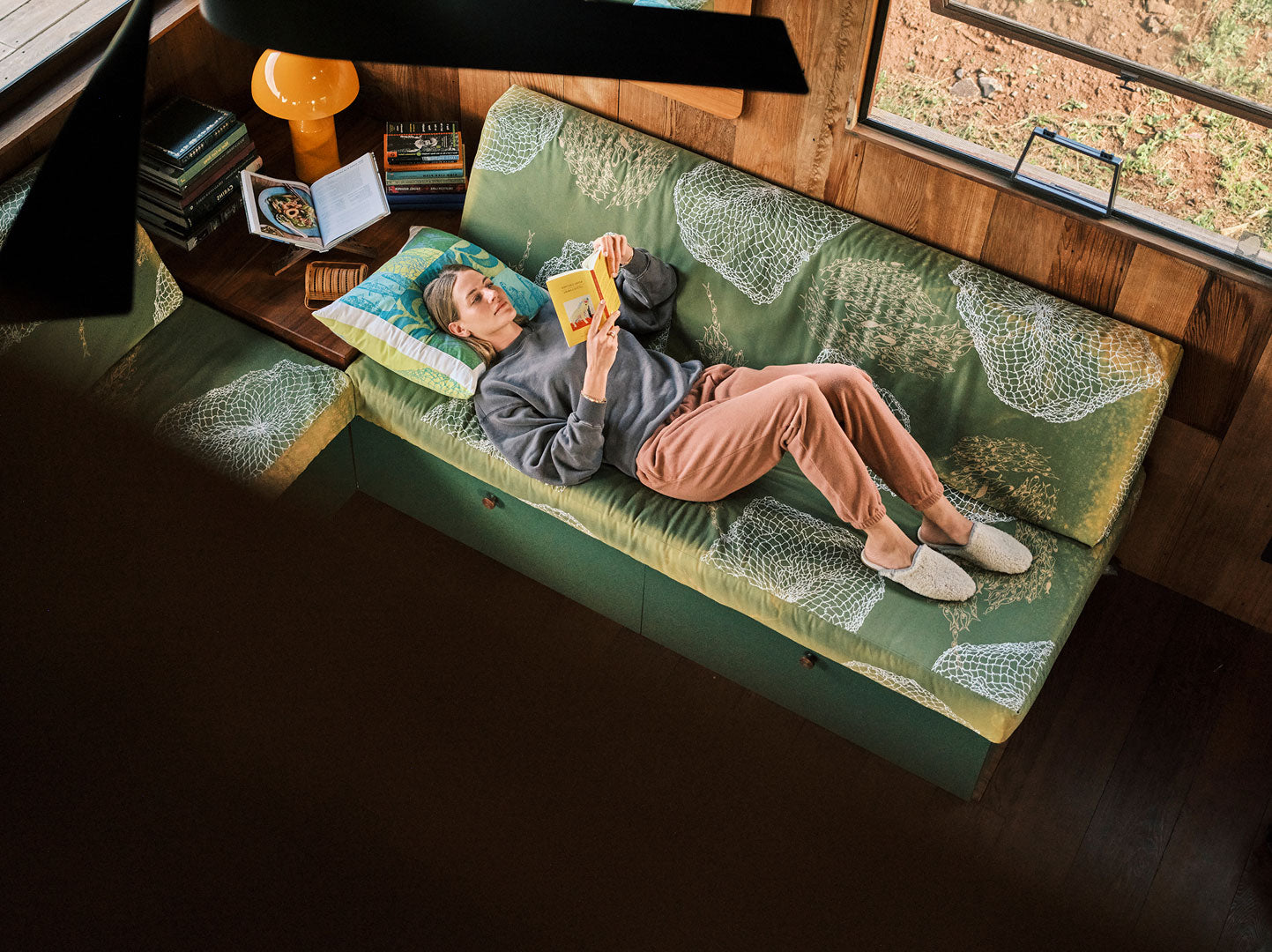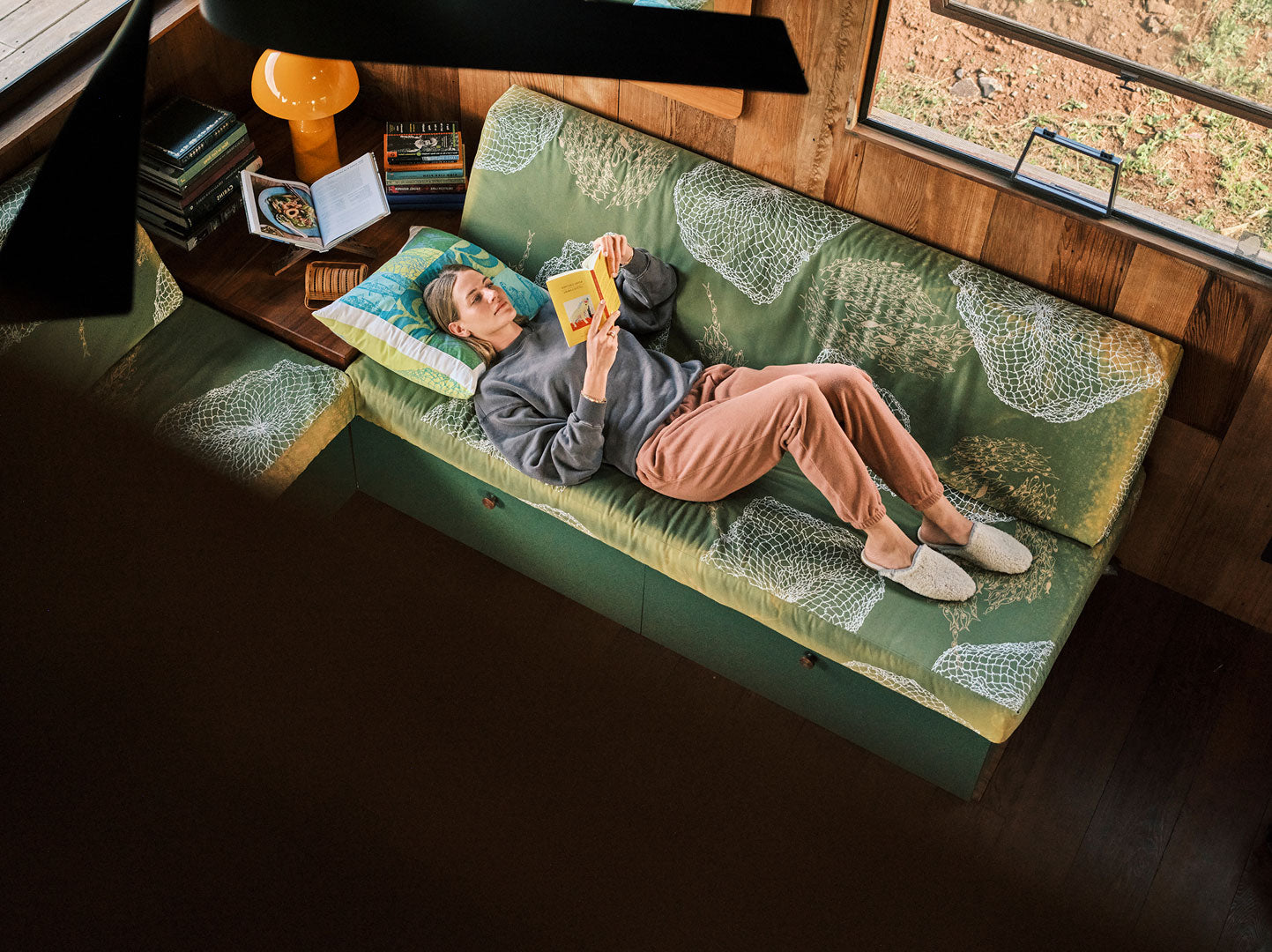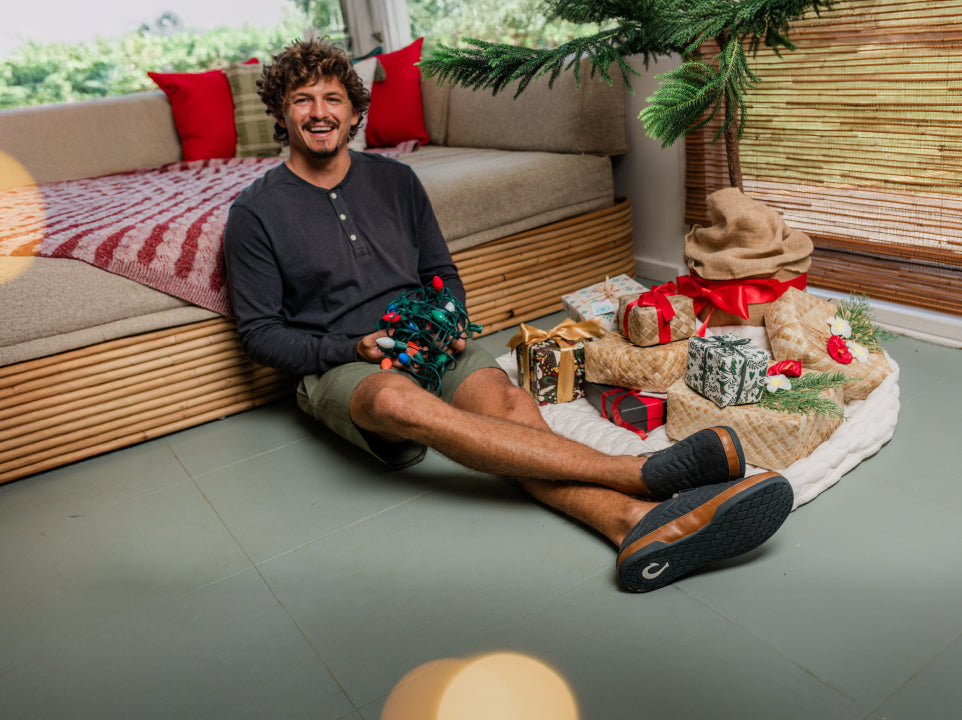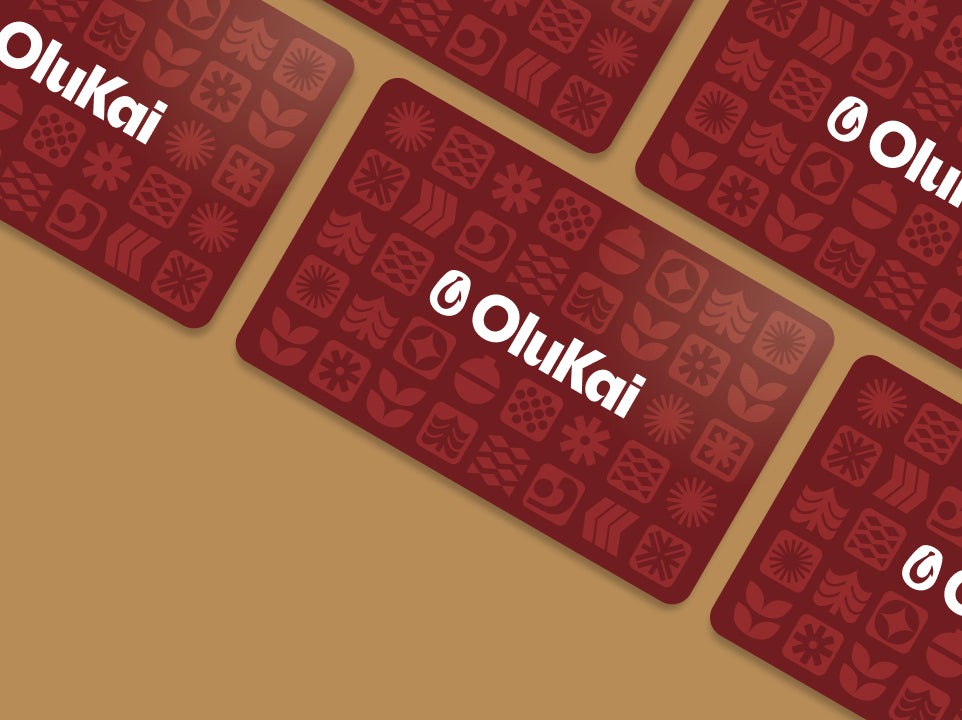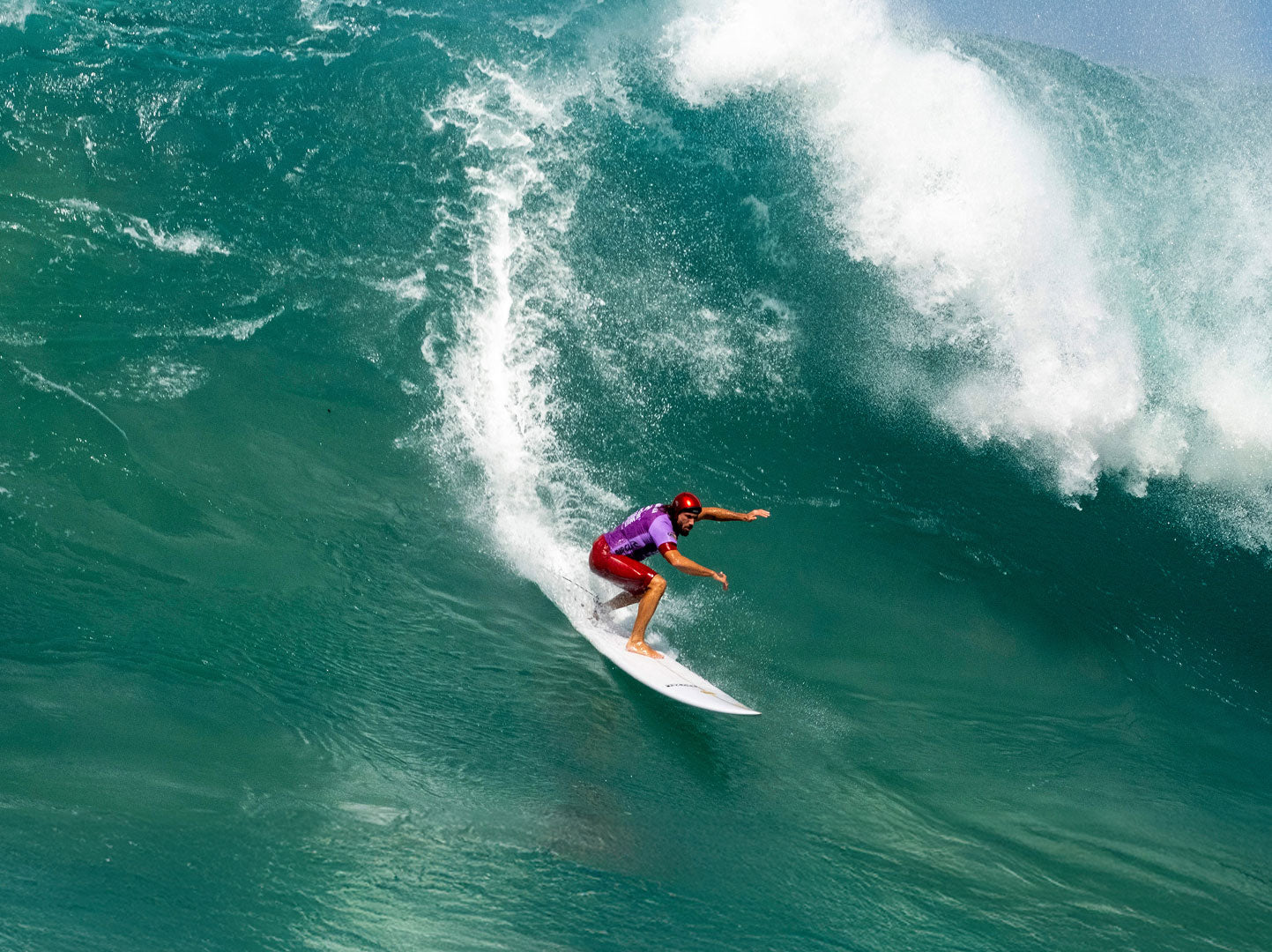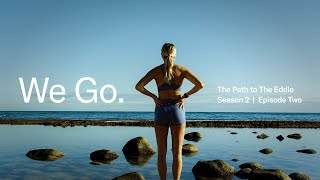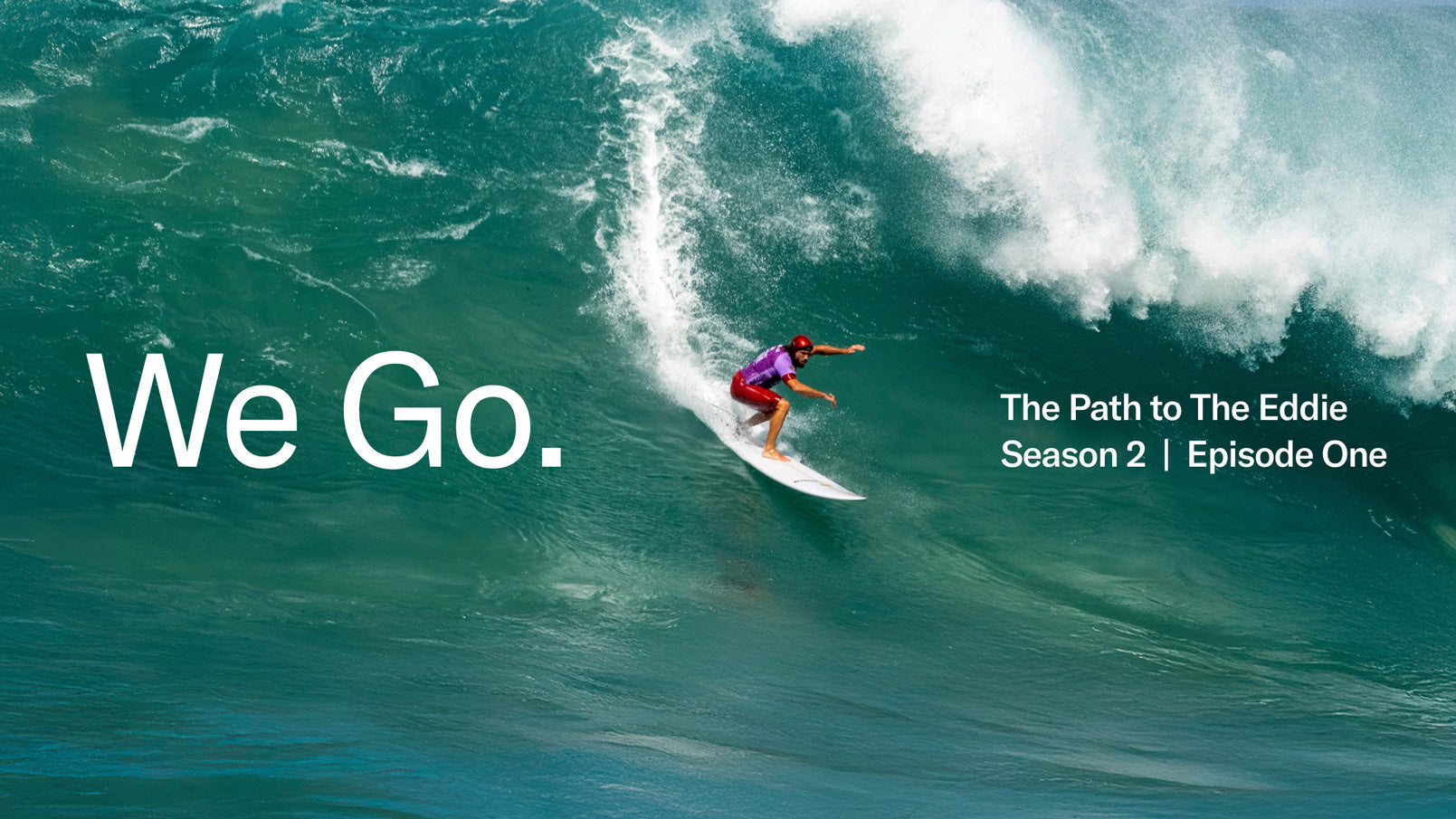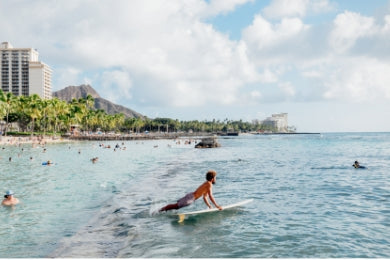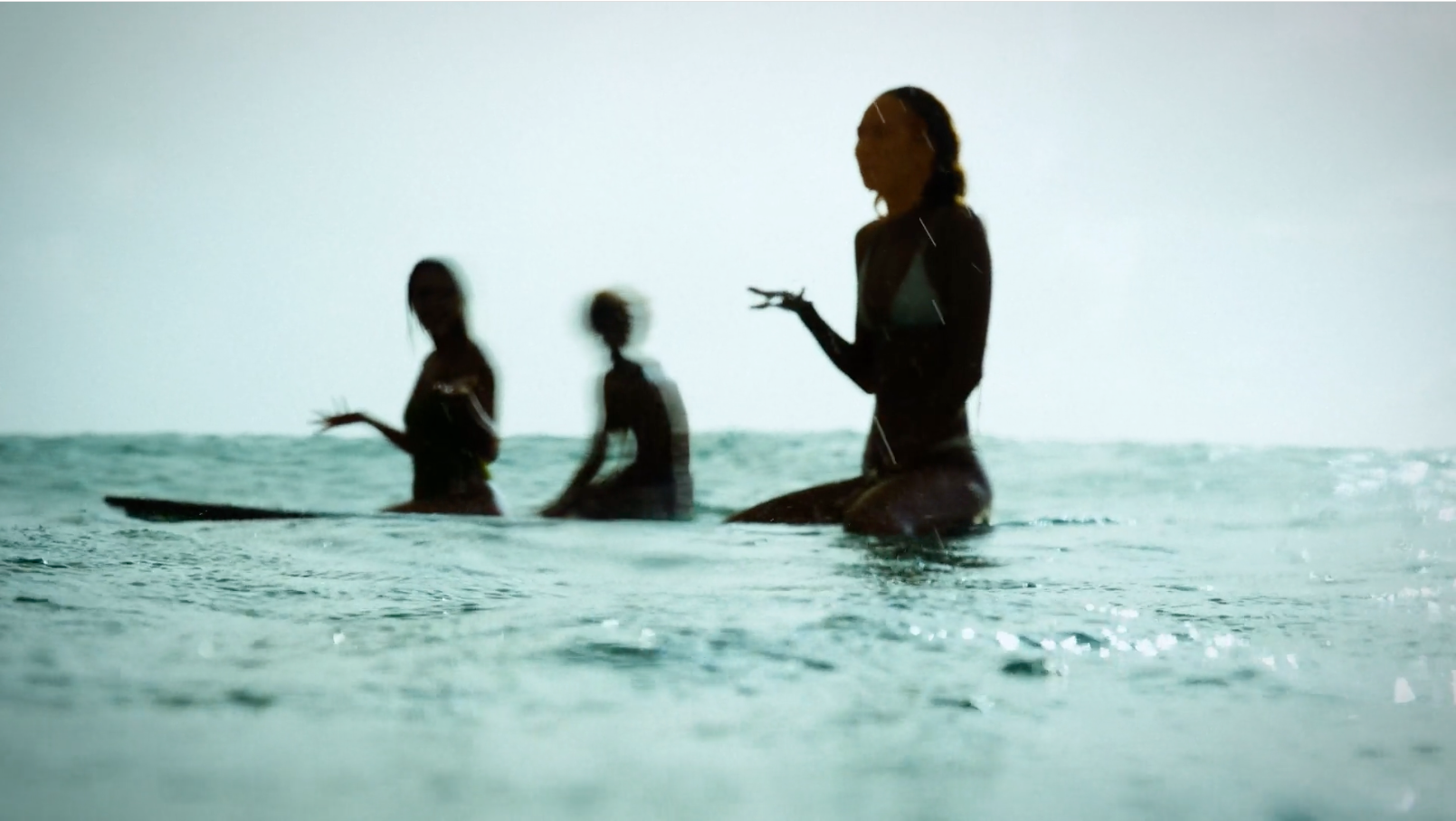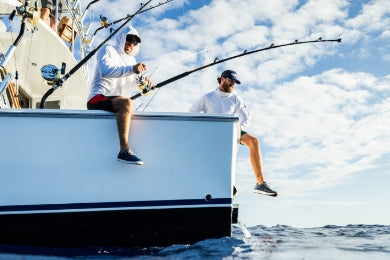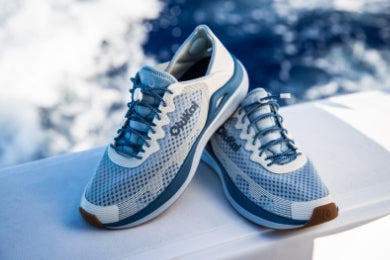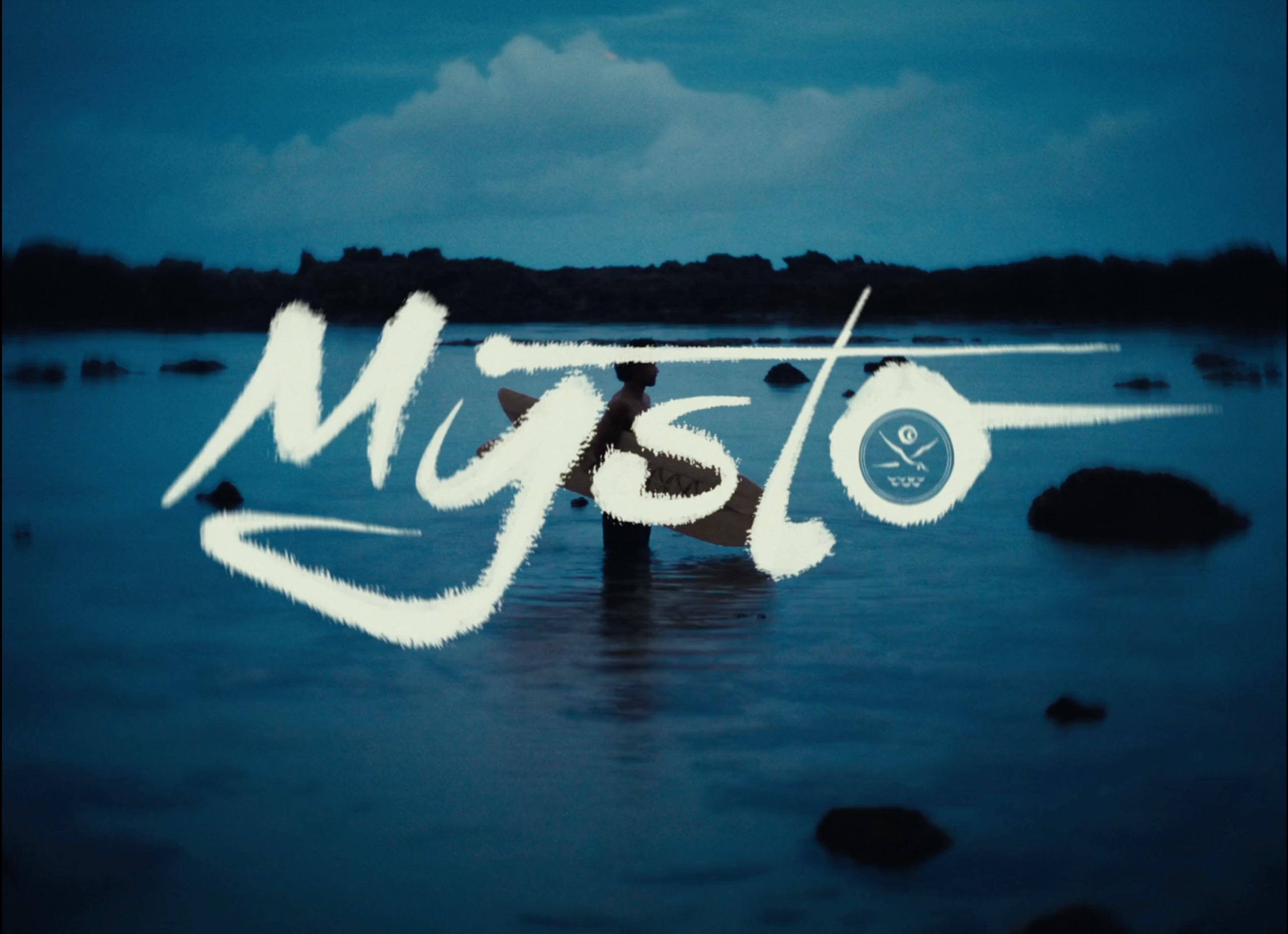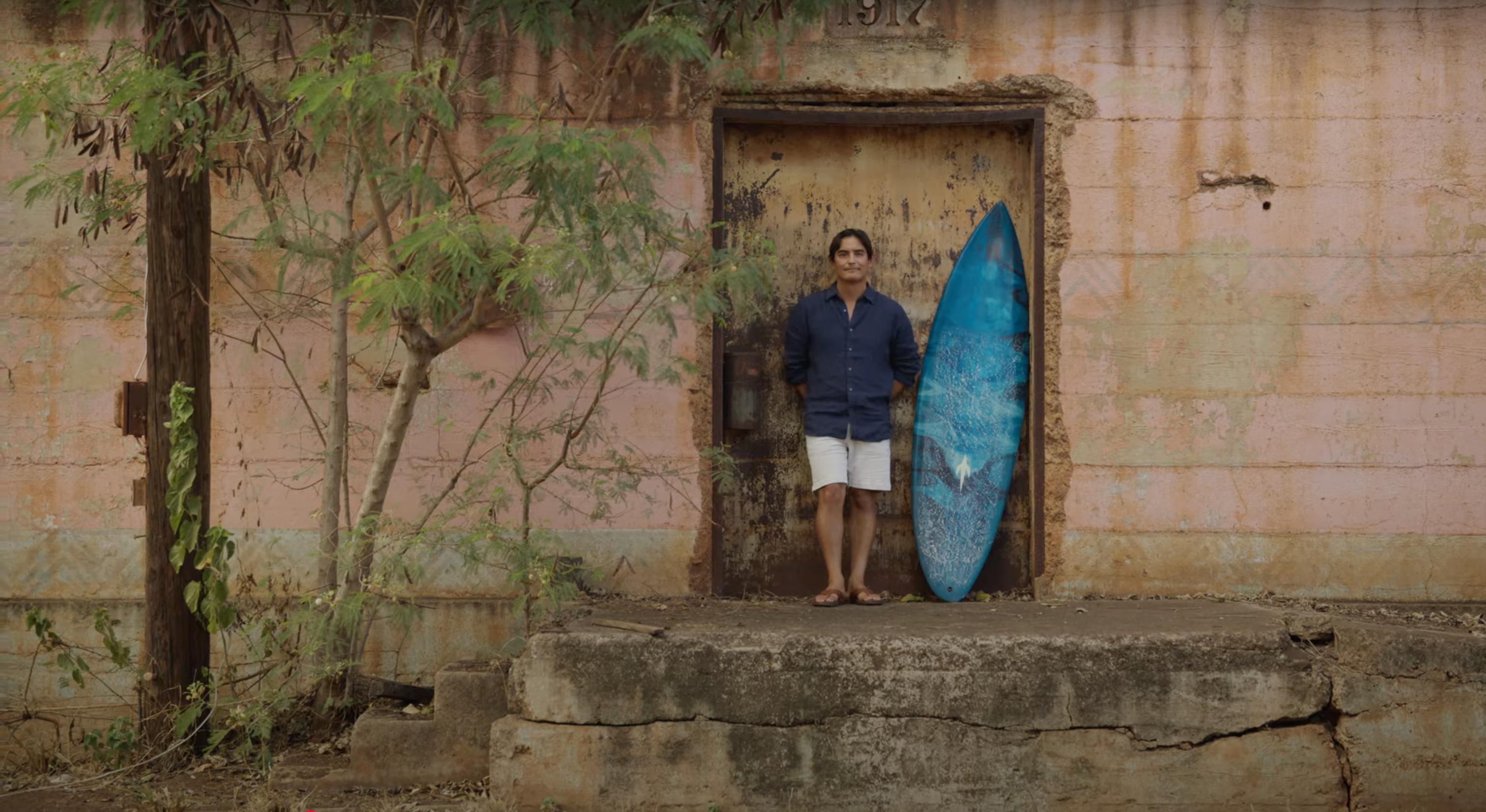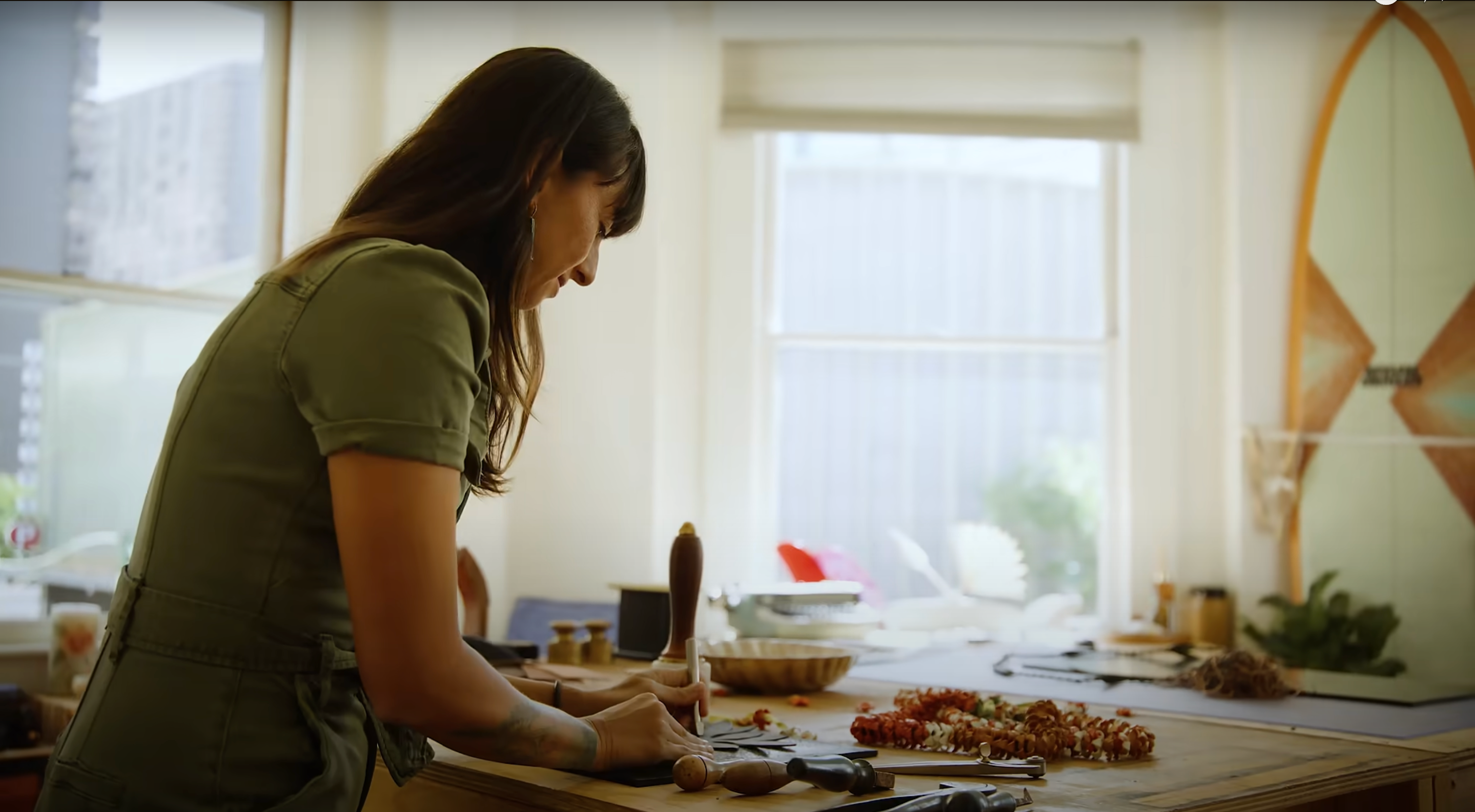Hawaii - The Endangered Species Capital Of The World
The Hawaiian Islands, blessed with outstanding biodiversity and an eco-system composed of hundreds of endangered species, is the most isolated landmass in the world. Many evolved species are unique to the island chain.
Scientists and environmental activists often refer to Hawaii as the “Endangered Species Capital of the World”. The primary reason this statement is true is that Hawaii is the most isolated landmass on the planet and evolved a diverse array of species unique to the Hawaiian Islands.
Koa
Koa played an integral role in ancient Hawaiian culture and today is valued for its magnificent grain, strength and beauty. The giant straight trees were the source for logs to carve voyaging canoes. An assemblage of these Koa crafted canoes became the Polynesian Fleet that navigated the Pacific more than a thousand years before Columbus set sail to discover the new world.
Koa wood is prized as a construction material for weapons, building, paddles, canoes, bowls and musical instruments. Due to the rarity of the wood, Koa is very expensive and in high demand. Presenting stellar color ranges from pale blonde to deep brown, Koa’s swirling lines make it a choice wood for exquisite art works. "People love the Koa," says John Kirkpatrick, owner of Genesis Gallery. "They like the idea that it only grows here in Hawaii."
Known as the “King of the Forest,” the magnificent Koa tree produces one of the world’s finest tropical hardwoods. However, western methods of harvesting have devastated more than 90 percent of the spectacular stands of Koa trees that once blanketed the island chain. This valuable resource was eradicated from lower elevations, destroying the genetic diversity that once existed.
Throughout the Hawaiian island chain, Koa forests have been decimated to near extinction; harvested for the valuable wood and to make way for cattle ranches and sugar plantations. Today, less than ten percent of Hawaii’s old-growth forests remain.
Reforestation
On the Big Island of Hawaii, several reforestation projects are underway. One of the most innovative efforts is the work of Hawaiian Legacy Hardwoods.
Manifesting a “Spirit Of Aloha” through commitment to reforestation of Hawaii’s old growth forests, HLH LLC, a Hawaiian sustainable reforestation company, in tandem with its non-profit arm, the Hawaiian Legacy Reforestation Initiative (HLRI), has, over a five-year period, planted more than 250,000 endemic Sandalwood, Koa, and other endangered and rare species of Hawaiian trees on 750 acres of hillside on the slopes of Mauna Kea; a site that once was the personal property of King Kamehameha I.
Ecotourism Aids Reforestation Efforts
Hawaiian Legacy Tours (HLT), named “2014 Ecotour Operator of the Year” by the Hawaii Eco-tourism Association (HEA), is a “first-of-it’s kind” Big Island eco-tour company that provides guests a hands-on opportunity to assist in the creation of the only Legacy Forest in the world.
Participants tour the forest, learning about Hawaii’s rich historical heritage, culture, and the importance of environmental stewardship. Visitors can plant their own Koa Legacy Tree and track its growth online for years to come using applications such as Google Earth, where they can see their tree from space. Every tree comes equipped with a geo-tagging system that provides ongoing growth, genealogy, maintenance, and carbon sequestration data.
Planting a memorial tree in honor of a loved one, in celebration of the birth of a child, or any other milestone life event allows each Legacy Tree sponsor to track their tree through time via Goggle Earth, and each tree stores information about the event or person, creating a living monument. The Hawaiian Legacy Forest is the most intricately mapped forest in the world.
